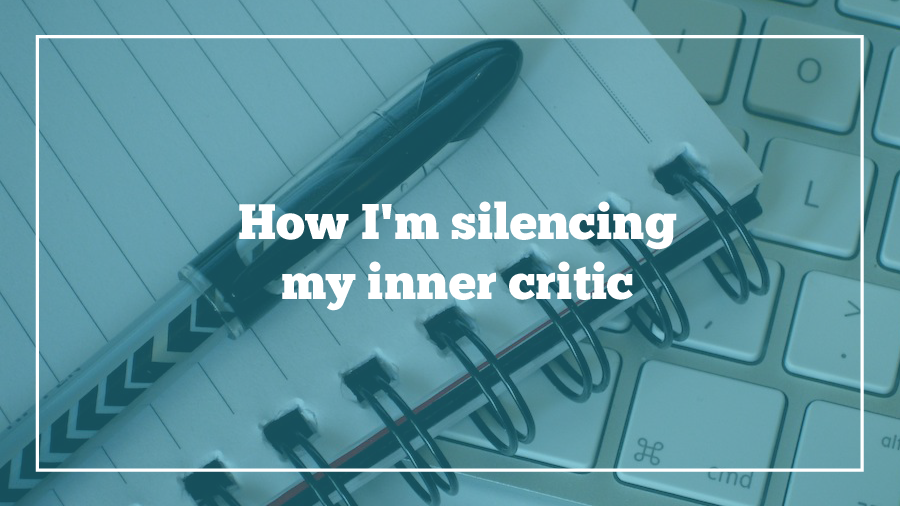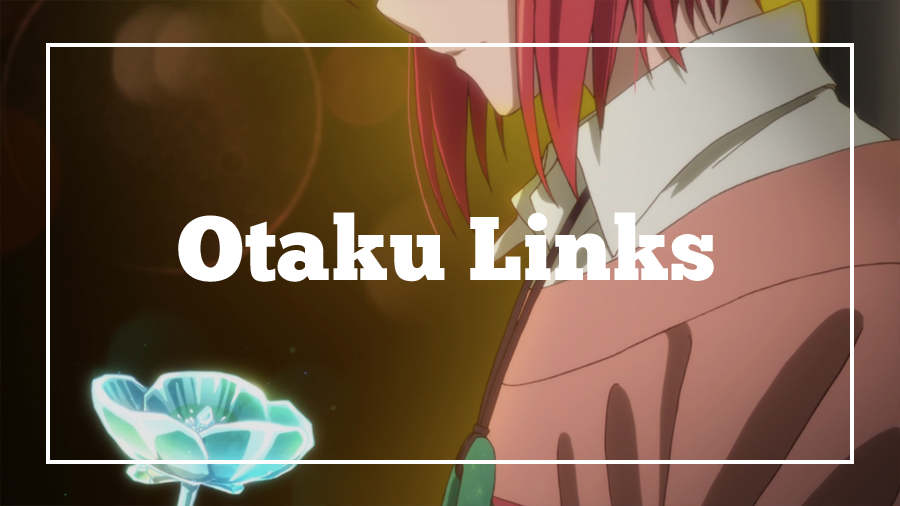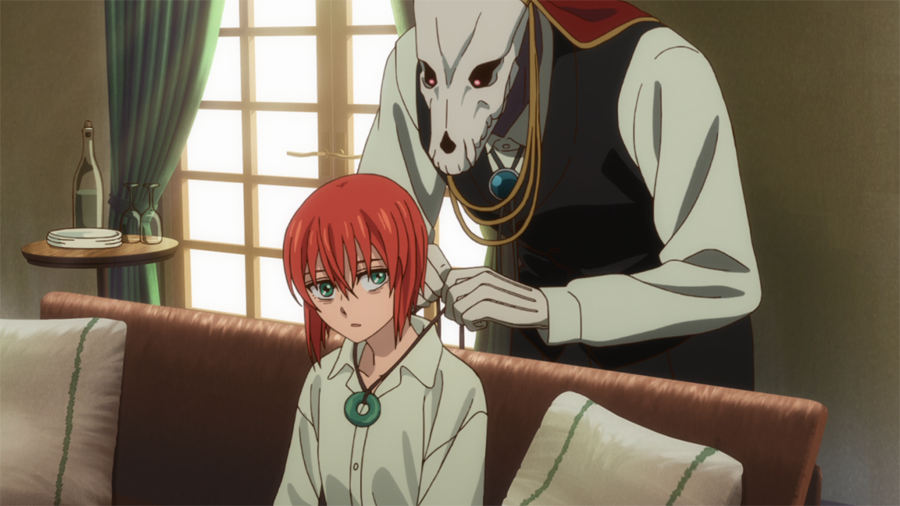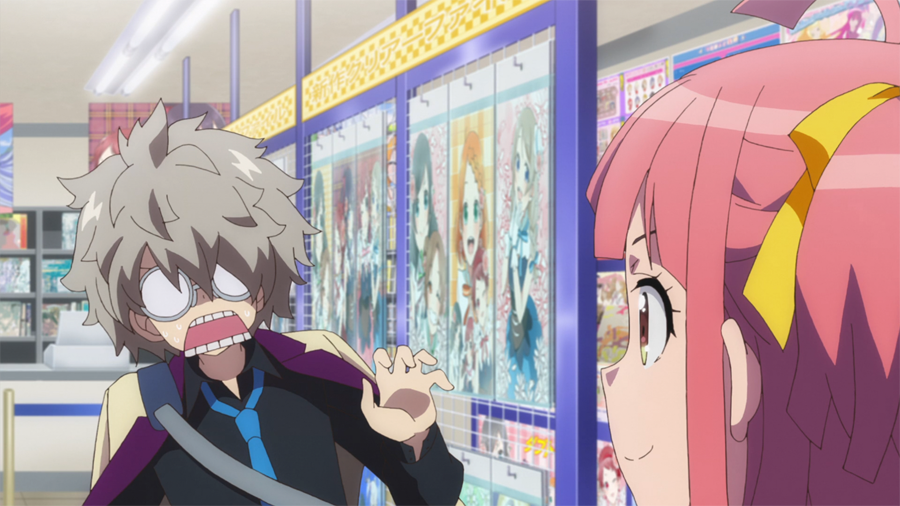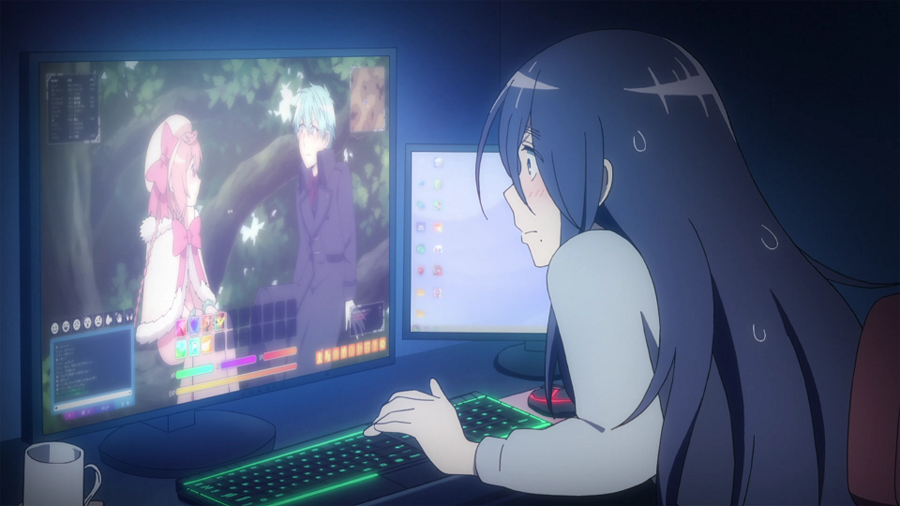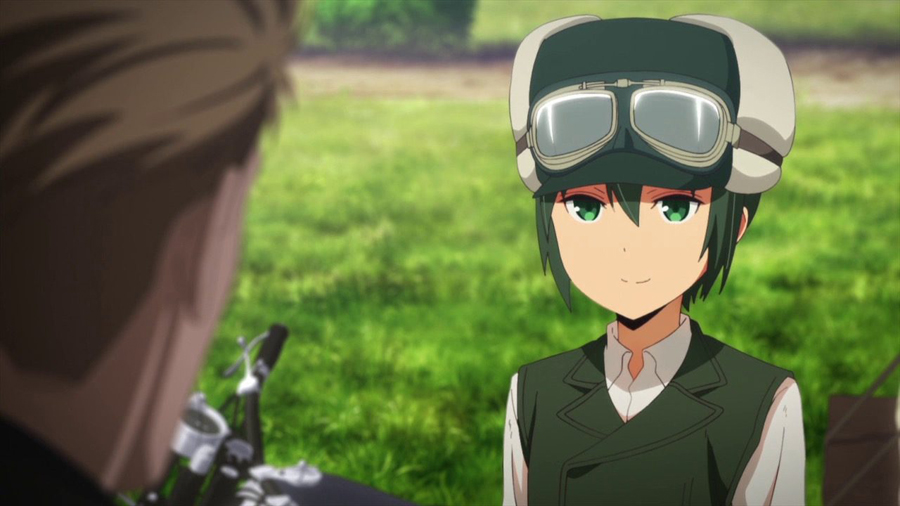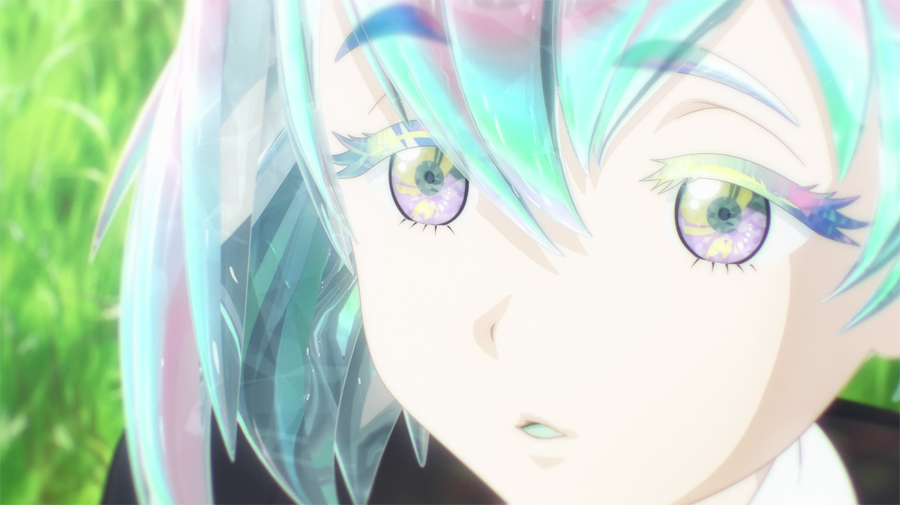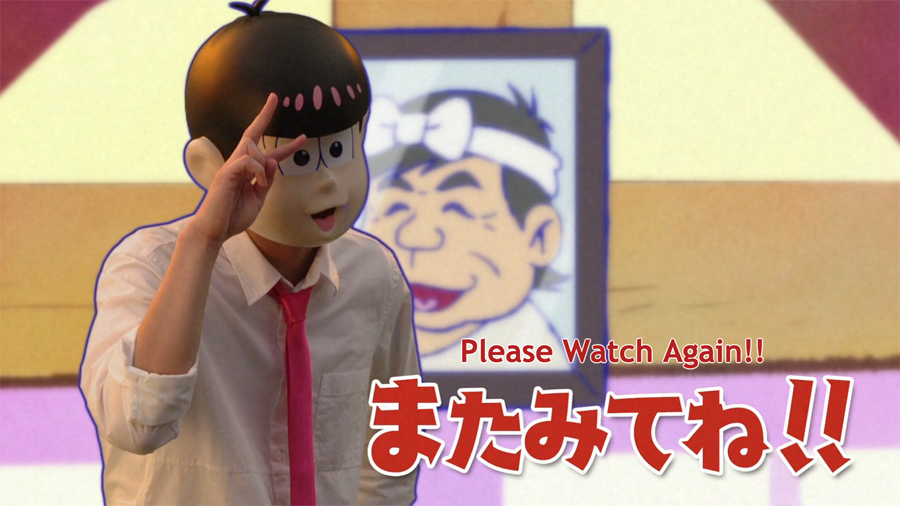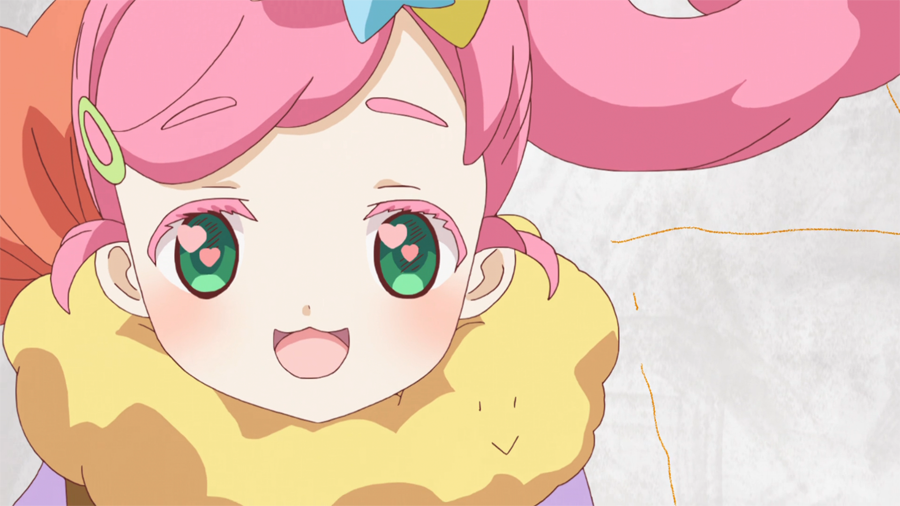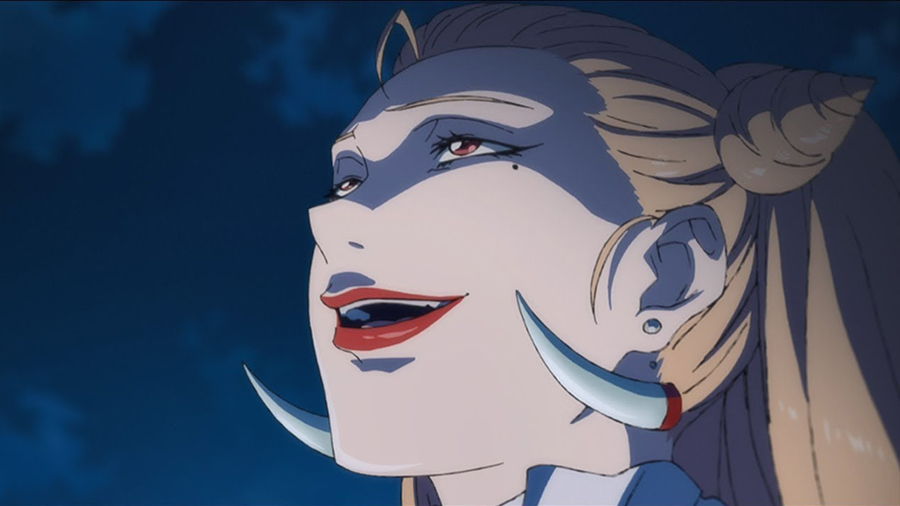
- A new season of Free! is coming this summer. Listen, I liked Free! and its sequel (and even reviewed it for ANN) but I feel like this is a little bit more than anyone asked for.
- Anime voice actress Laura Bailey has joined Pieces, the post-apocalyptic album project I’m a part of, as the POTUS. Nothing but respect for my president.
- Talented, nerdy writer Lisa Granshaw has created a weekly newsletter that blends geekery and fashion called Geekfold. (I guess I have a soft spot for geeky newsletters that come out on Fridays: I’ve never stopped raving about The Rec Center.)
- How Will Netflix Producing Anime Change the Industry? “We are so far off the beaten path, I don’t even know where the path is anymore,” says Answerman.
- Pirating creative work hurts the creators we love most. Maggie Stiefvater, author of the Raven Cycle, wrote about how piracy almost ended her career.
- P.A. Works Job Listing Shines a Spotlight on Industry’s Compensation Issues. Hourly with overtime, and a salary of less than $20k a year? Yeah, the anime industry needs work.
- Additionally, Crunchyroll is hiring for a lot of jobs, but the positions seem suspiciously similar to the jobs they downsized just last year.
- Playing Grounded, the anime puzzle creators that made me finish a puzzle for the first time since childhood, have expanded their offerings. This time? Coloring pages.
Lead painting by Eva Johnson for Pieces—A Thousand Albums at the End of America.

